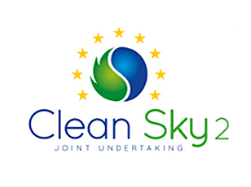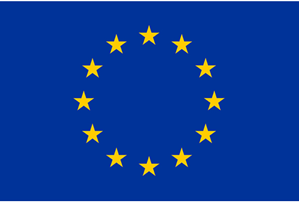U-CROSS: Detección temprana y monitorización y predicción del avance de la corrosión en aleaciones AI para aeronáutica mediante la aplicación de sensores ultrasónicos de corrosión.
Fecha de inicio del proyecto: 1 de octubre de 2019
Duración: 45 meses (2019-2023)
Coste total: 1,495,633.75 €
Aportación de la UE: 1,495,633.75 €
En la actualidad, la presencia de daños por corrosión puede detectarse mediante la realización de pruebas no destructivas (NDT). Sin embargo, los métodos comunes no pueden identificar el inicio de la corrosión ni el mecanismo que provoca el defecto. Como consecuencia de ello, no se lleva a cabo una detección temprana de la corrosión y las medidas para corregirla solo se adoptan cuando resulta evidente (grietas o pérdida de espesor).
Por tanto, el sector aeroespacial necesita sensores capaces de detectar tanto el inicio de la corrosión como su propagación. En combinación con modelos predictivos, permitirán prever el modo en que progresan los daños cuando se degrada la pintura.
Por lo tanto, el objetivo principal del proyecto U-CROSS es diseñar, desarrollar y validar la aplicación de sensores ultrasónicos de corrosión (UCS), combinando los tipos pasivo (emisión acústica) y activo (prueba ultrasónica de eco de pulso) para monitorizar la corrosión. Estos sensores podrán detectar en tiempo real las primeras etapas de corrosión localizada y monitorizar el progreso de los daños con el paso del tiempo.
El objetivo principal de CIDETEC en el proyecto U-CROSS es habilitar sensores NDT (emisión acústica, EA) para la monitorización de corrosión filiforme y por exfoliación de aleaciones de aluminio pintadas, para lo cual, es preciso desarrollar una metodología para reproducir cada tipo de corrosión e identificar su respuesta acústica. Finalmente, se implementa un sistema de adquisición con filtrado para validar en entorno relevante.
CIDETEC, como coordinador del proyecto, lidera el WP1 relativo a las especificaciones del proyecto, el WP2 para la implementación de ensayos de corrosión y el WP7 de gestión y coordinación.
Más información: http://u-cross.eu/
COORDINACIÓN: CIDETEC Surface Engineering
DIRECCIÓN DEL TEMA: DASSAULT AVIATION
SOCIOS:
This project has received funding from the Clean Sky 2 Joint Undertaking (JU) under grant agreement No 101007712. The JU receives support from the European Union’s Horizon 2020 research and innovation programme and the Clean Sky 2 JU members other than the Union


Dr. Jorge Rodríguez (Project Coordinator) - CIDETEC
Business Development Manager
Aerospace
NDT Level 3
email: jorgerodriguez@cidetec.es
Dr. Maria Lekka - CIDETEC
Head of Coatings and Surface Treatments Unit (UCTS) - Surface Engineering
email: mlekka@cidetec.es
Phone: +34 943 318 212
Dr. Chihab Abarkane
Unidad de Coatings y Tratamientos de Superficies
Coatings and Surface Treatments Unit
Estaldurak eta gainazaleko tratamenduak Unitatea
email: cabarkane@cidetec.es